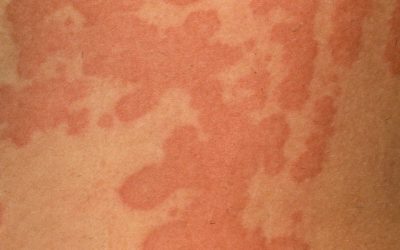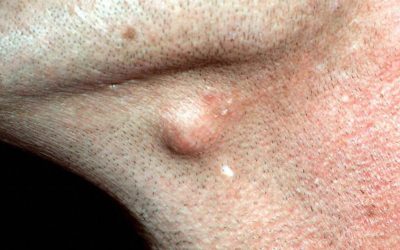Seborrhoeic keratosis
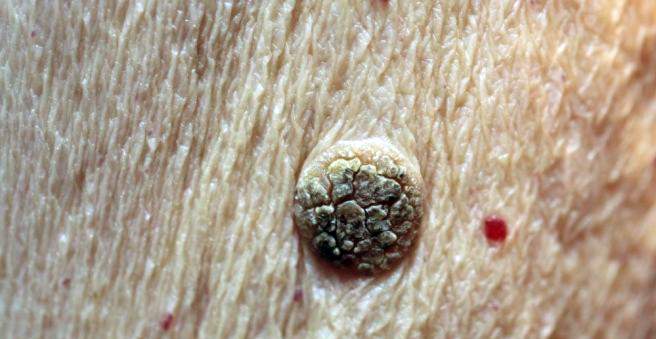
Clinical signs
- a rough, crumbling surface, a plaque or nodule on the surface of the skin
- brown and all its shades from lightest to almost black
- not flexible, as if sticking to the skin
- painless, non-splashing
- can be present anywhere on the skin of the body except on the palms and soles (mucous membranes, i.e. mouth, genitals, are not present)
Researchers disagree on whether seborrhoeic keratosis can become malignant, with the theory that another malignant lesion forms next to the existing seborrhoeic keratosis being more widely supported. Therefore, if you notice that a skin lesion that has been present for a long time has changed, and that you have a non-healing wound or urination, we would urge you not to delay and to consult a doctor dermatovenereologist.
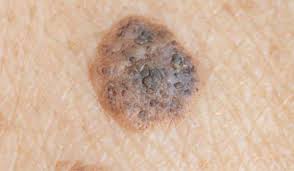
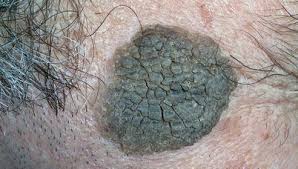

- genetic predisposition (if blood relatives have/had many seborrhoeic keratoses,
the likelihood of having them increases) - prolonged exposure to the sun or solarium
- over 30 years old age
- caucasian race
Diagnostics
- according to the characteristic clinical features listed above
- the diagnosis is clarified by a doctor. by a dermatovenerologist examining the lesion with a dermatoscope
- (a special device that magnifies structures), based on the characteristic dermatoscopic features.
- in the case of unclear lesions, biopsy or surgical removal of the lesion for histological examination
Treatment
Seborrhoeic keratoses are usually removed for aesthetic reasons.
The removal methods available are destructive: cryotherapy (cold treatment in a medical facility using carbon dioxide or liquid nitrogen), electrosurgery, laser. It has been observed that, irrespective of the treatment chosen, seborrhoeic keratosis can reappear in the same place after a few years.
We cannot change the genetic information we bring with us at birth. However, safe exposure to the sun and the use of a cream with SPF 30-50 reduces the likelihood of developing large amounts of seborrhoeic keratoses, even if there is a genetic predisposition.
IMPORTANT:
Seborrhoeic keratosis can be confused with solar slag, pigmented or papillomatous nevi, melanoma, common warts, and squamous cell carcinoma. Due to the wide range of skin lesions that can resemble seborrhoeic keratosis at first glance, we do not recommend treating them at home.

Acute Urticaria: Causes, Symptoms, and Treatment Options
Acute urticaria is a skin condition characterized by red, itchy hives and swelling, often caused by an allergic reaction. Treatment focuses on relieving symptoms and preventing future flare-ups through medication and lifestyle adjustments.
Geographic Tongue: Causes, Symptoms, and Treatment Options
Geographic tongue is a benign condition that causes smooth, red patches on the tongue, surrounded by white lines. Although usually harmless, it can cause discomfort, and treatment focuses on managing symptoms and improving oral health.
Epidermoid Cysts: Causes, Symptoms, and Treatment Options
Epidermoid cysts are firm, flesh-colored bumps beneath the skin caused by trapped skin cells. They often have a visible central point and can be treated with minor surgery if needed, though most are harmless.


